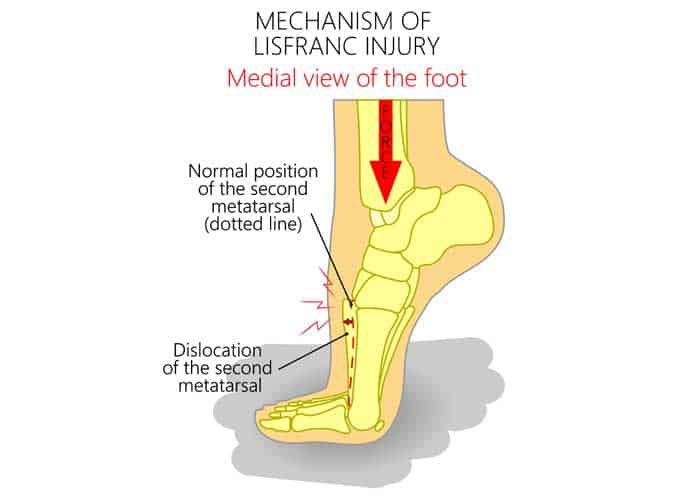
Victor Radley showed signs of convulsing/seizuring after suffering a concussion there. Despite the graphic nature of the incident the presence of immediate convulsions is not associated with adverse results (via scans/recovery time) or risk of future seizures. Hope he is OK
Radley sitting up/communicating in the sheds, great news. Immediate convulsions rarely considered a factor when trying to classify concussion severity, or guiding treatment/return. prospects for recovery will be guided by the presence of the concussion rather than the convulsing
Had a few say im trying to downplay the severity of the incident - apologies if it’s come across like that to anyone. If anything I’m trying to “upplay” the severity of all concussions. However you felt about Radley here - your concern for his welfare, how long you thought he
should require on the sideline - I would argue that’s how you should start feeling for every player who suffers a concussion. With convulsions not influencing concussion severity there’s every chance it’s as minor or severe as all other mild traumatic brain injuries (concussions)
In terms of past return to play times of players who suffered concussive convulsions:
Corey Oates (2017) - 1 week
Shaun Lane (2018) - 1 week
Michael Morgan (2019) - 3 weeks (2nd concussion in 12 days)
Michael Chee Kam (2019) - 1 week
Michael Chee Kam (2020) - 8 weeks
Corey Oates (2017) - 1 week
Shaun Lane (2018) - 1 week
Michael Morgan (2019) - 3 weeks (2nd concussion in 12 days)
Michael Chee Kam (2019) - 1 week
Michael Chee Kam (2020) - 8 weeks
Return to play from concussion in the NRL has become more conservative in recent seasons. But like every concussion, convulsions or not, it’s almost impossible to predict Radley’s return to play at this early stage. Will have to see how he progresses through protocols
• • •
Missing some Tweet in this thread? You can try to
force a refresh










